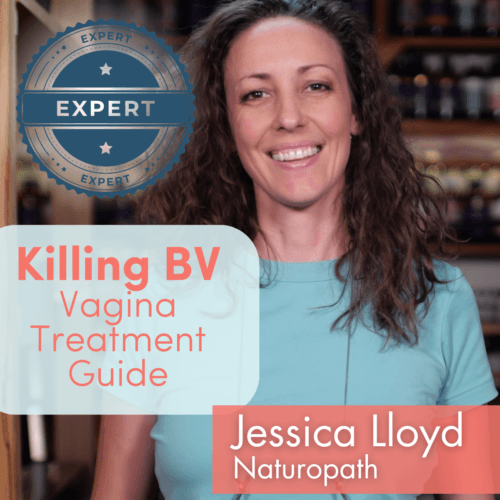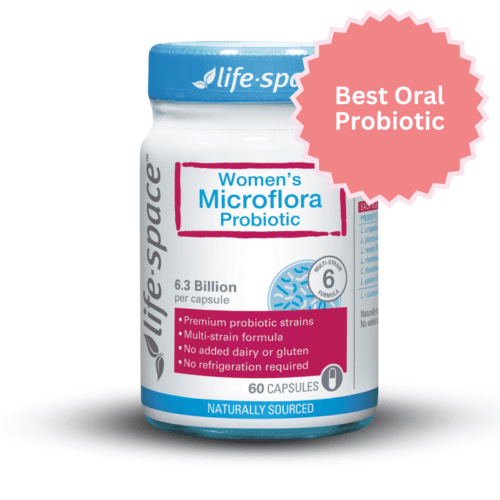If a green detox and ‘being healthy’ gives you vaginal or bladder symptoms, you may want to take a closer look at oxalates. Oxalates can be an irritant to delicate soft tissue when not eliminated from our bodies efficiently.
If you’re unsure how to proceed, book in with one of My Vagina’s vulvovaginal specialist practitioners for support.
Oxalates can be an irritant and for some of you a low-oxalate diet may provide a lot or a little of relief, but it is unlikely that oxalates have caused your vulvodynia.
It is worth examining oxalates if you suspect you have pathway problems in this area but manage your expectations – results do vary!
Testing for oxalates
A favourite test for oxalate intolerance is the 24-hour urine collection test, but test interpretation can get tricky.
Reference ranges vary with each lab, and a third of people with oxalate overload won’t have these high levels picked up despite this load being big enough to produce oxalate kidney stones.
Diets for oxalate intolerance
Dietary approaches to oxalate intolerance vary in their success and there is no one-size-fits-all approach. Research shows that different approaches to diet, supplements and targeted treatments can work well to treat the underlying cause of symptoms, which occur in the digestive tract.
Oxalates exist in many healthy foods and in all healthy people. What we think of as normal levels can cause problems in many ways since oxalates are distributed throughout the body.
Some of our tissue will suffer more than others, in particular, the soft tissue of our urinary tract, vagina, and joints, and newer questions have been raised about links with thyroid and breast tissue.
What are oxalates?
Oxalate – also known as oxalic acid – binds to minerals inside plants (vegetables, nuts and seeds) and forms compounds such as calcium oxalate or iron oxalate. Oxalic acid and oxalate are terms that are used interchangeably.
Binding tends to occur in the colon but may occur in the kidneys or urinary tract, thus oxalic acid is usually excreted quite quickly in the bowel or urine.
Oxalate may be produced independently using vitamin C or be ingested via food, meaning there are two different ways to have varying levels of oxalates in your system.
A high-oxalate diet has been linked to an increased risk of kidney stones.
Oxalates can reduce mineral absorption from high-mineral foods. For example, spinach is high in calcium, however, due to oxalates, this calcium may not all be properly absorbed.
High fibre (vegetables) may decrease transit time (mouth to anus), reducing the time food has to be absorbed in the intestines. Luckily not all the food in our system binds to oxalate – just some minerals.
Usually, the oxalates remain dissolved in the urinary tract and are excreted in urine. Sometimes, however, oxalates can bind with calcium in the urinary tract and form crystals. These crystals can turn into kidney stones, particularly when oxalate is high and urine volume is low.
Small kidney stones usually don’t cause symptoms, but large stones may betry to pass through the urinary tract, causing pain and bleeding.
Previously it was recommended that people with kidney stones reduce oxalate ingestion, but we now know that most of the oxalate in urine is actually produced by the body – not ingested from food.
Only those high in oxalates will now be prescribed a low-oxalate diet by their doctor. A low-oxalate diet is less than 50 milligrams per day, which is very restrictive.
Oxalates and vulvodynia
Oxalates are very loosely linked with vulvodynia (unexplained vaginal pain). In one study, 59 women with vulvodynia were treated with a low-oxalate diet and calcium supplements.
Almost a quarter experienced improvements in vulvodynia symptoms – that’s 14 women. Out of these 14 women, six could have pain-free sex. Six out of 59 isn’t a roaring success, and ‘pain-free sex’ is just one measure.
The conclusion of this study was that dietary oxalates may worsen, rather than cause, vulvodynia.
Oxalates and bacteria (and antibiotic use)
Some oxalates in food can be broken down by bacteria in our digestive tract prior to binding to minerals. There is even a matching microbe: Oxalobacter formigenes.
O. formigenes uses oxalate as an energy source, significantly reducing the amount of oxalate that is carried further down your digestive tract (to cause irritation).
- A person may have naturally low numbers of oxalate-munching bacteria in their digestive tract since antibiotic use, for example, can quickly decrease their numbers.
- People with inflammatory bowel disease are more likely to develop kidney stones, as absorption of oxalate becomes dysregulated.
- High levels of oxalate have been found in the urine of those who have had gastric bypass surgery or other digestive tract surgeries. These ultimately result in more oxalate in the digestive tract.
In these cases, a low oxalate diet may be recommended. Oxalate content of foods can range from none to 900mg, and a low-oxalate diet consists of 50mg or less per day.
Tips to reduce oxalate levels in the digestive tract
- Take a calcium supplement so that the oxalate has some mineral to bind to and isn’t thieving your normal calcium from your food (800-1,200mg per day)
- Boil vegetables
- Eat foods high in calcium and low in oxalates (cheese, fish, bok choy)
Treating oxalate intolerance
Vulvodynia has been resolved in some cases via an elimination diet to reduce oxalates or manage their digestion, but not in any meaningful numbers of patients. This doesn’t mean reducing oxalates is not worth trying – you will soon find out if oxalates are contributing to your problems in any meaningful way.
There may be more useful diets to try, like a full and thorough elimination diet for food chemicals. Read more about food intolerance and vagina problems to get our recommendations on great elimination diets.
References
Ledger WJ, Kessler A, Leonard GH, Witkin SS. Vulvar vestibulitis-a complex clinical entity. Infect Dis Obstet Gynecol. 1996;4(5):269–275. doi:10.1155/S106474499600052X
Baggish, Michael S. et al. Urinary oxalate excretion and its role in vulvar pain syndrome. American Journal of Obstetrics & Gynecology, Volume 177, Issue 3, 507 – 511
S. POOLE, G. RAVENHILL, P. E. MUNDAY (1999) A pilot study of the use of a low oxalate diet in the treatment of vulval vestibulitis, Journal of Obstetrics and Gynaecology, 19:3, 271-272, DOI: 10.1080/01443619965048
Michael S. Baggish. Diagnosis and Management of Vulvar Vestibulitis Syndrome in 559 Women (1991–2011) Journal of Gynecologic Surgery. Volume: 28 Issue 2: April 25, 2012
The most comprehensive vaginal microbiome test you can take at home, brought to you by world-leading vaginal microbiome scientists at Juno Bio.
Unique, comprehensive BV, AV and 'mystery bad vag' treatment guide, one-of-a-kind system, with effective, innovative treatments.
Promote and support a protective vaginal microbiome with tailored probiotic species.





